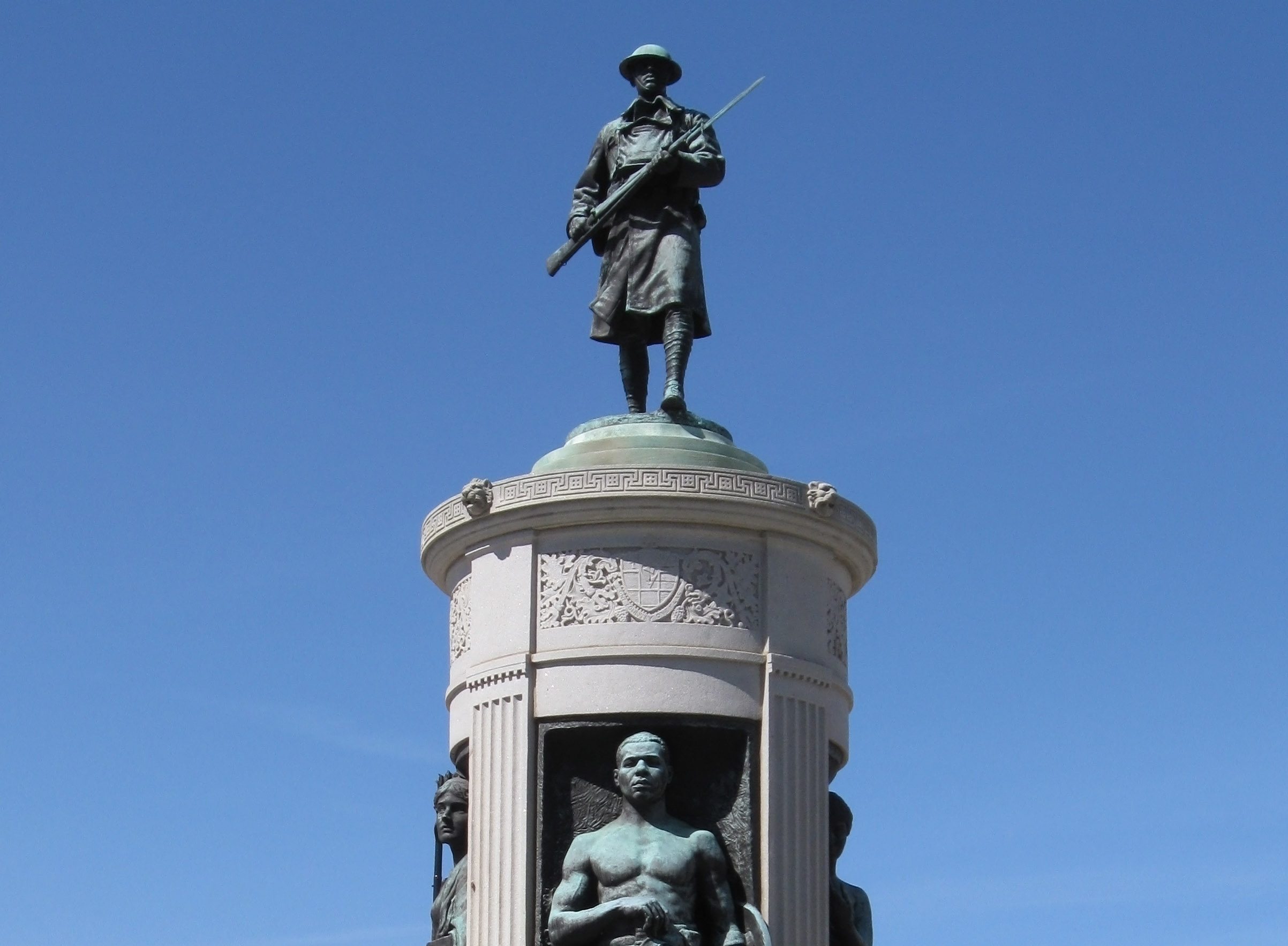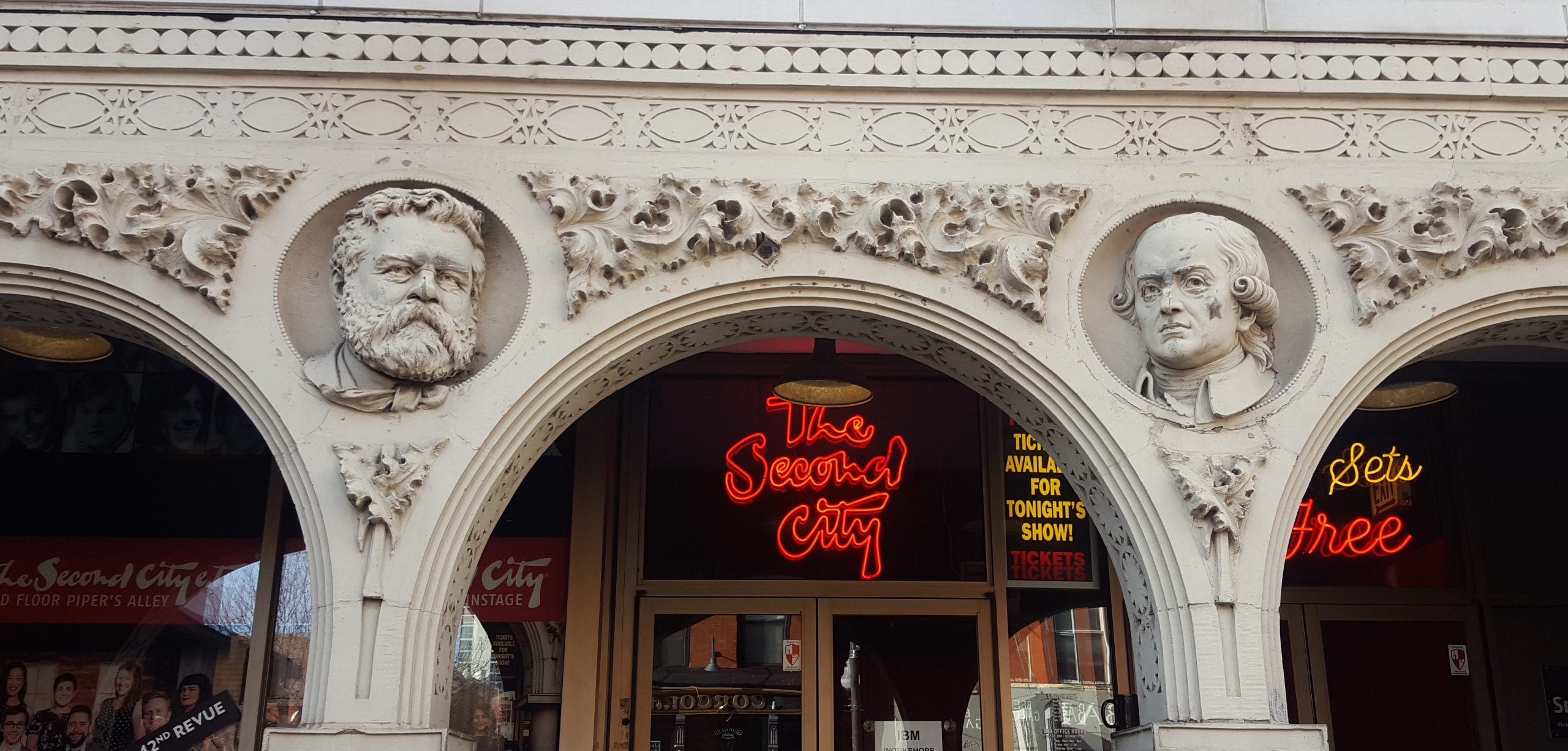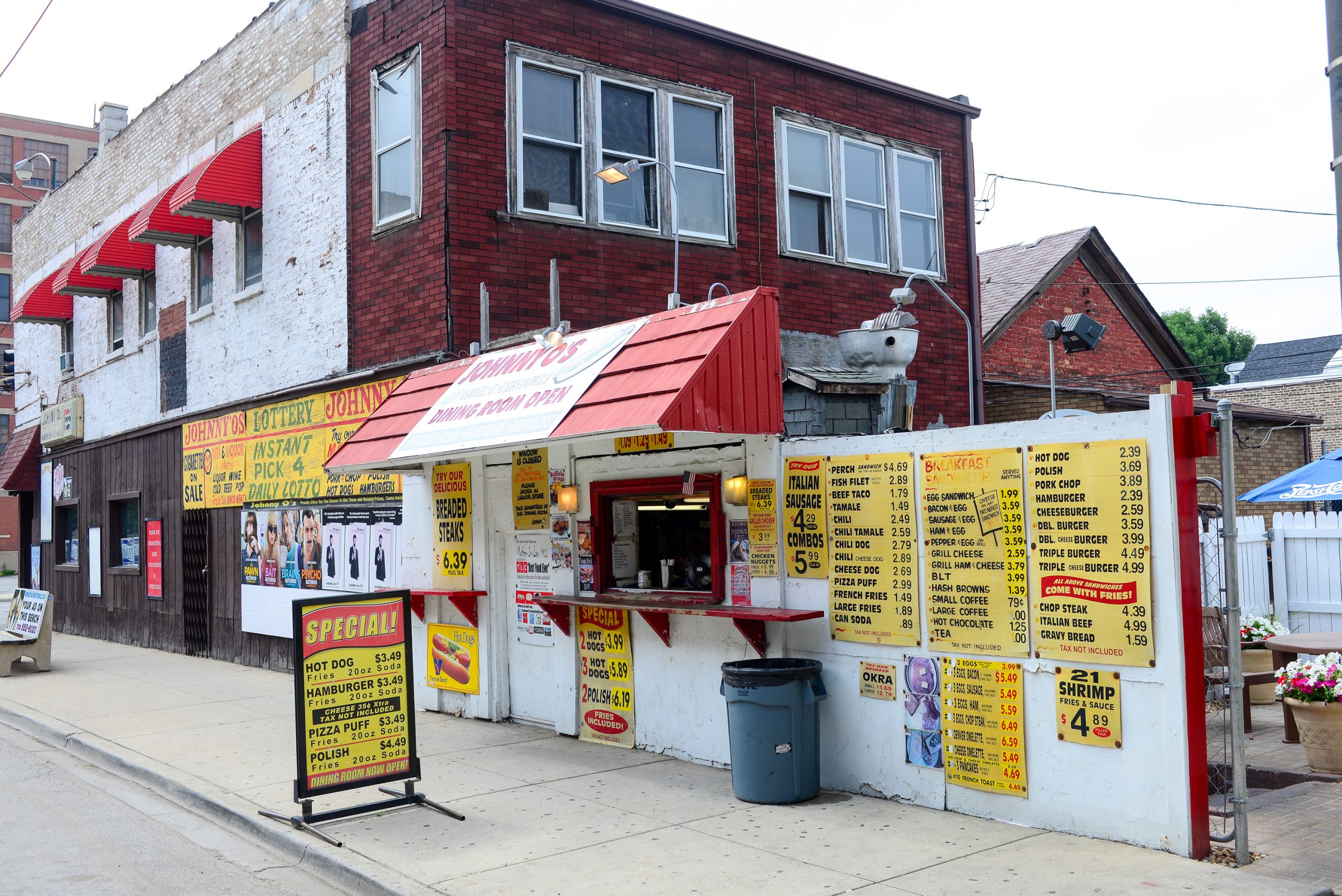The 48th Annual Chicago Pride Parade will take place on June 25th. In anticipation of one of the city’s most joyful events, I wanted to take a look back at the long and vibrant history of gay pride in Chicago. Whether they know it or not, the million or so revelers who will descend on the streets of Boystown at the end of June are continuing a tradition of gay pride in Chicago that goes back nearly a century.
We research stories from Chicago history, architecture and culture like this while developing our live virtual tours, in-person private tours, and custom content for corporate events. You can join us to experience Chicago’s stories in-person or online. We can also create custom tours and original content about this Chicago topic and countless others.

The First American Gay Rights Organization Was Started in Chicago
To be honest, I was blown away to discover that the first widely-recognized American gay rights organization was based in Chicago. Named the Society for Human Rights, it was founded by a German emigre named Henry Gerber in 1924. Gerber was inspired by similar organizations in his native Germany and aimed to promote legal relief and social understanding for the gay community.
The membership never mustered more than a few gay and bisexual men. Even members of society were afraid to subscribe to its newsletter, Friendship and Freedom. The Comstock Act made it Federal crime to receive “obscene” material through the U.S. Postal Service. So even being a subscriber could have led to arrest.
Sadly, the Society for Human Rights was shut down only a few months after its founding due to a raid by the Chicago Police. They regularly surveilled and harassed the gay community in Chicago for decades. Despite not having a search warrant, they raided Gerber’s home in Old Town, where the society was headquartered. The group subsequently disbanded and Gerber left Chicago after the charges were dismissed.
Nevertheless, the Society for Human Rights is a huge deal. Though the term wouldn’t be used for another half-century, this was the first instance of public gay pride in Chicago and the nation. Indeed, two years ago the Gerber House was named a National Historic Landmark.
The World’s First Gay Pride Parade
Chicago’s role in the Gay Liberation Movement didn’t stop with Henry Gerber, of course. The gay community back then was centered in Towertown, which was the area around the Water Tower, where the historic Tree Studios made space for artists in the late 1800s. This gay community has been moving north bit by bit over time. In the mid-20th Century it was most active in the River North and Old Town neighborhoods.
In June of 1969, the infamous Stonewall Riots happened in New York City. This pivotal event in gay history is seen as the start of the modern Gay Rights Movement. Here in Chicago, it inspired the first-ever pride parade. A year later, Chicago’s gay community held a rally and march on June 27, 1970. There were other marches and rallies in San Francisco and Los Angeles that same weekend, but still. We’re number one!

The original parade went from Bughouse Square, right on the dividing line between River North and Old Town. From there a small crowd marched down the Mag Mile to the Daley Center. The Tribune noted that the rally in Daley Plaza ended with a circle dance around the Picasso.
The Pride Parade and Boystown Grow Up Together
The parade moved up to the East Lakeview neighborhood in 1971. By all indications, the parade moved simply because the community itself was moving north again. The parade bounced between a few routes, mostly around Belmont Harbor and the intersection of Clark and Diversey. The gay community continued moving north towards Halsted and Belmont over time, but Lakeview is still the focal point.
Only a few hundred people attended these early parades and they received little official notice. That started to change in the early 1980’s. Mayor Jane Byrne issued a Gay Pride Parade proclamation in 1981. Her successor, Mayor Harold Washington, spoke at the Pride rally after the parade in 1986. According to an article by by LGBT historian Sukie de la Croix, Mayor Daley II was the first sitting mayor to ride in the parade in 1989, his first year in office.
I often feel conflicted about the Daleys, but I love his statement explaining why he marched: “I am the Mayor for all Chicago.” In 1997, Mayor Daley took it a step further. He proclaimed Boystown, the six block stretch of Halsted between Grace and Halsted, to be the country’s first officially-recognized gay neighborhood. (The rainbow pillars date to that time, by the way.)
Gay Pride in Chicago is One of the City’s Biggest Parties
Basically from that point on the annual Chicago Pride Parade has been an iconic and massive annual event. Hundreds of thousands of LGBT Chicagoans, along with their friends, family, and allies have attended each year since the 90’s. In 2015, just days after the Supreme Court enshrined marriage equality as the law of the land, more than a million people packed the streets for the Pride Parade. Words cannot describe how fun and joyful that day was.
There’s been some discussion about moving the Pride Parade back to downtown as the crowd size has swelled. The proposal springs from some local residents becoming wary of the crowd size and the resultant cleanup and crime. While I understand that, I personally never want to see it moved. The Pride Parade should be in Boystown.
So, when you head over, bear in mind the long history of gay pride in Chicago. Then party like crazy, of course.
– Alex Bean, Content Manager
ABOUT CHICAGO DETOURS
Chicago Detours is a boutique tour company passionate about connecting people to places and each other through the power of storytelling. We bring curious people to explore, learn and interact with Chicago’s history, architecture and culture through in-person private group tours, content production, and virtual tours.

















